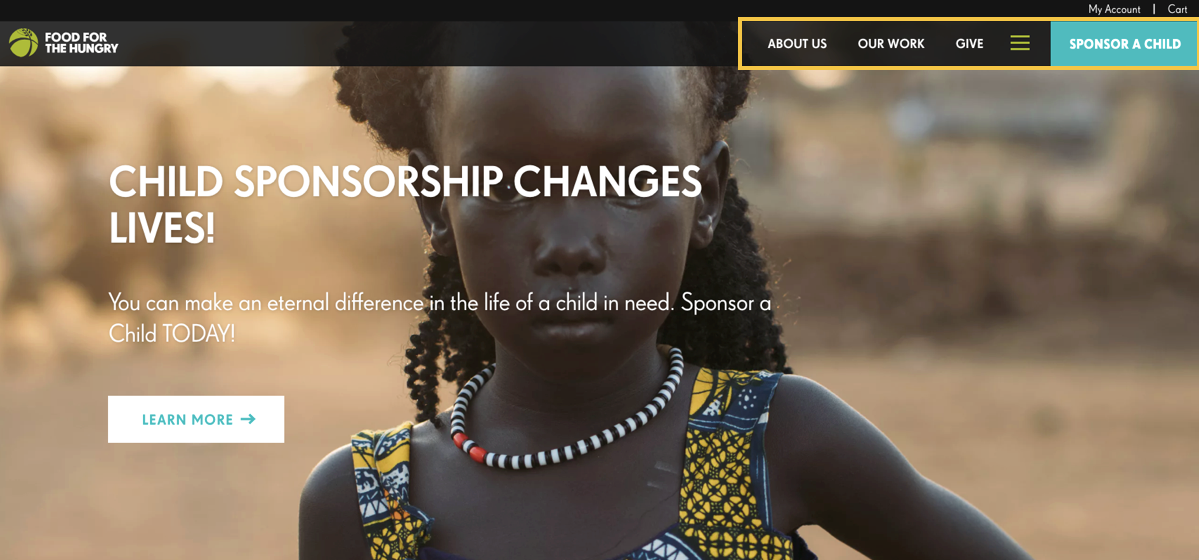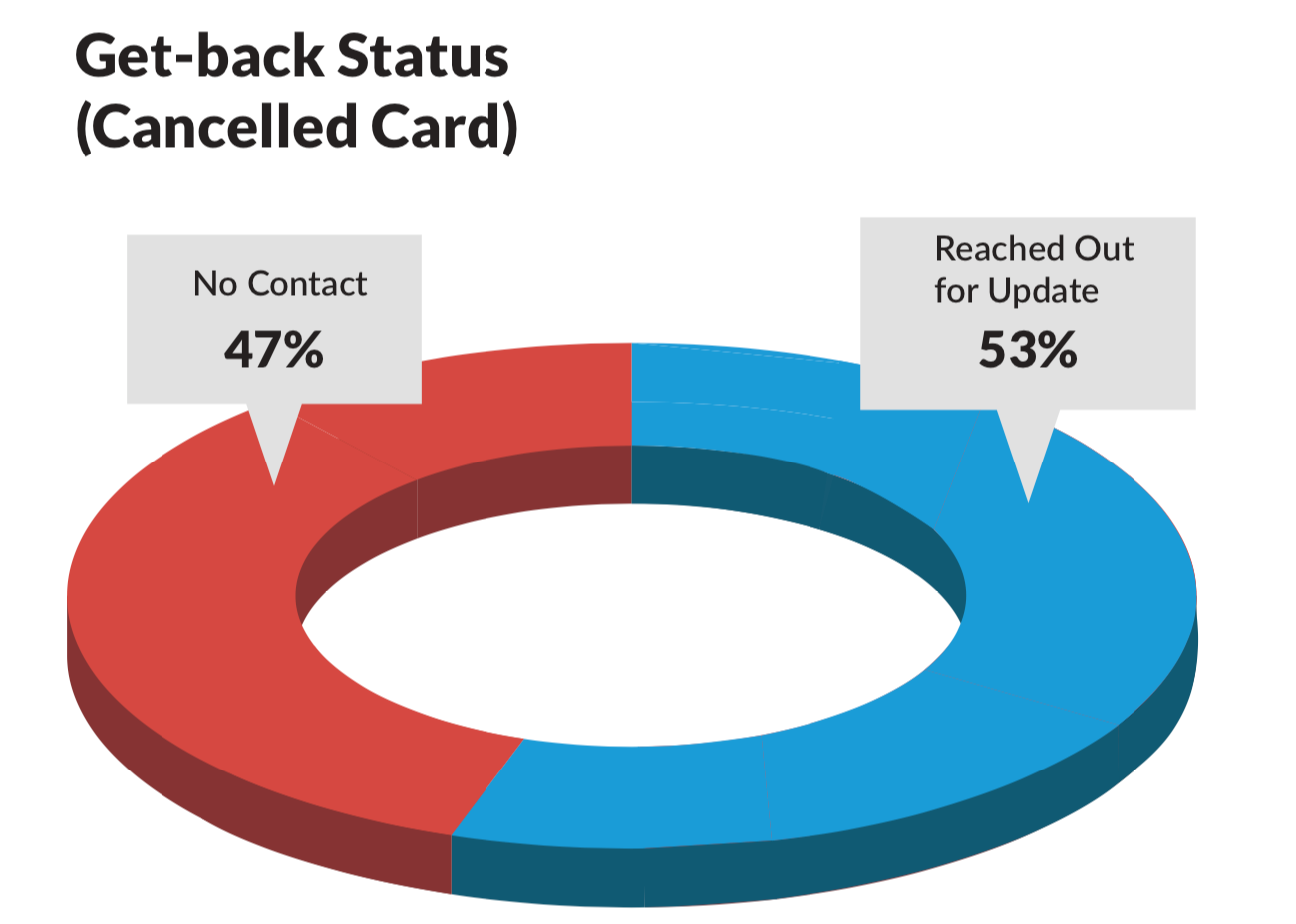Every once in a while, we spotlight amazing content from our friends in the nonprofit industry. Check out this fantastic post on recurring giving from Brady over at NextAfter! Brady is the Vice President of Innovation & Optimization, and he’s pulled together some fantastic insights on how you can built the best-ever recurring giving program. Check out NextAfter’s blog and other resources for more stats, best practices, and industry research.
For organization sustainability and growth, you’ve got to have a strong recurring giving program. In this post, I want to share 10 key takeaways that can help you increase the number of recurring gifts to your organization based on The Nonprofit Recurring Giving Benchmark Study.
Recurring giving is a part of annual fundraising that you can’t afford to get wrong. In fact, recurring donors can give over 5 times more to you over their lifetime through their faithful year after year giving.
This is backed up by a 2016 study which showed that monthly recurring donors have an 90% retention rate compared to the average donor retention rate of 46%.
Those are just a few reasons why recurring giving is crucial to your fundraising and because of that, we decided to conduct a study to see how nonprofits were cultivating and acquiring recurring givers. From the data, we hoped to see if there were practical things nonprofits could do to optimize their recurring giving programs.
Thus, The Nonprofit Recurring Benchmark Study was born.
In collaboration with Salesforce.org, we investigated the current state of recurring giving by making multiple donations, including a recurring gift, to 115 nonprofit organizations and recording our experience with each organization.
Here are just 7 of the takeaways from the study that can help you optimize your recurring giving fundraising.
1. Make it simpler for donors to make a recurring gift.
It was surprising how difficult it was to actually make a recurring donation in most cases.
Many organizations identified in the study placed multiple barriers to giving by asking for unnecessary information like a spouse’s name and cell phone numbers (in addition to home phone).
Other giving pages had unclear language that was confusing or jargon that only people in the organization would understand.
One annoying barrier in particular was that we had to prove we were humans over and over again.
Worst of all, nearly 1 out of 10 of the organizations didn’t have a recurring gift option on their website!
2. Make it easy for people to find the donation page
Don’t make the donor wade through layers of your website to find your giving page.
Put your donate button prominently in the navigation bar and make it stand out with different color and styling. As the results from our experiments show, emphasizing your donate button can significantly increase traffic to and conversions on your giving page.
Food for the Hungry’s homepage is a great example of an optimized donate button:

Screenshot of a nonprofit website that has a nonprofit fundraising best practice: making it easy to make a recurring donation
3. Show donors WHY they should make a gift
You get what you ask for — so try making a separate call to action expressly for recurring giving that explains the impact a recurring gift will make.
It’s not enough to simply give the donor an instruction. You’ve got to show them how that action will produce the impact on they’re looking for. This is your value proposition.
Some examples from organizations that did a good job showing their value proposition:
- “A recurring gift is the best way to end Trump’s agenda!”
- “A monthly gift shows your commitment to care, support, and research.”
4. Spend more time cultivating recurring gifts than you do soliciting.
If you are part of the 1 in 10 organizations that aren’t sending cultivating content to your donors, now is the time to start.
Send articles and updates about the impact of their gift that aren’t directly tied to a donation appeal. That way your donors have a better understanding of the value of their gift next time you send an appeal.
Donors need to be cultivated. Test sending more cultivating content (from once a month to weekly to daily) to evaluate how much is the right amount to cultivate the most valuable donor.
5. Get more personal in your communication.
While your acquisition strategy might have a generic salutation like “Dear Friend,” your ongoing communications to recurring givers should be much more personal and warm.
Use their first names or their preferred names in each communication using your email and mail merge tools to place the first names of donors in the appropriate place in the email or letter. In our experiments, these personalization efforts have shown to increase donor trust.
Every communication needs to be both personal in its salutation and in its tone.
6. Try using more relational channels like phone and text.
Getting personal also means choosing more personal channels of communication. Take the time to call your recurring donors.
Calling your donors and having an unscripted (yet on point) conversation makes donors feel that you’re glad to have them aboard as partners in the mission. They’re not just funders, they’re friends along the journey.
These forms of communication are a bit more time intensive, but they’re worth it to show your recurring donors that you’re returning the commitment to them as real partners in the cause.
A tip on automating this process: Use a communication tool like Slybroadcast to send out a mass voicemail campaign.
7. Recognize that recurring donors are in a league of their own.
In other words, create a separate communications plan for recurring donors for a whole year, not just for the first 30 or 60 days.
Ongoing, specialized messaging for recurring givers makes them feel like they’re more than another donor. They’re a part of an exclusive, important group of people who are sustaining your organization through their faithful giving.
8. Improve customer service for your recurring givers.
These guys have stepped up in a big way for you, it’s time to do the same!
Keep up the acknowledgments for gifts every month to show them how their continued giving is still making an impact. You can do this in a paperless fashion through email, but the important thing is to say, “Thank you!”
9. Have a plan to get back lost or cancelled credit cards.

Nonprofits can improve fundraising by communicating with people who have outdated credit cards. Only 53% of nonprofits reached out to update credit card info, as this chart shows.
And one final thing on customer service: have a plan for when cards are lost, stolen, or expire. Credit card changes are one of the biggest factors in losing recurring donors.
10. Look into different payment types to boost lifetime value.
One solution is to accept and encourage more EFT or ACH transfers from the donor’s bank account (which is unlikely to change) to yours. In this experiment, lifetime value grow 55% just by allowing donors to set up their recurring gifts this way. Another is to use modern tools to help automatically update the cards—like 68% of organizations in the study did.
If you don’t have those automatic tools, you’re on your own to reach out and contact donors and these rates show significant room for improvement to simply contact donors of lost and canceled credit cards.
Want more tips to optimize your recurring giving program?
Increasing recurring giving is an important way to sustain your organization and bring donors closer to the heart of what your cause.
What are you doing to show your recurring givers that they’re an integral part of the mission?
What can you do to make it easier for people to become recurring givers?
Check out The Nonprofit Recurring Benchmark Study today to get more insights and next steps to improve recurring giving.







